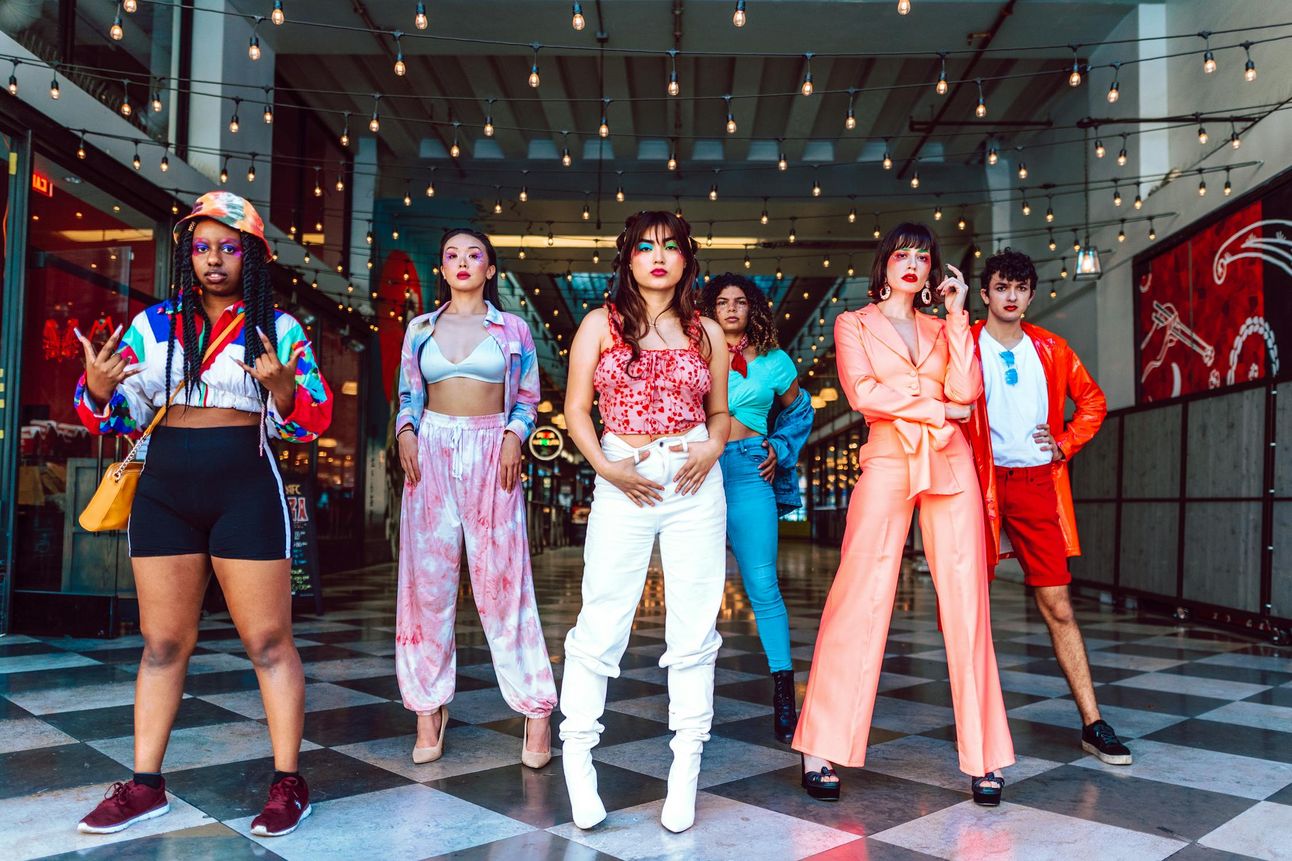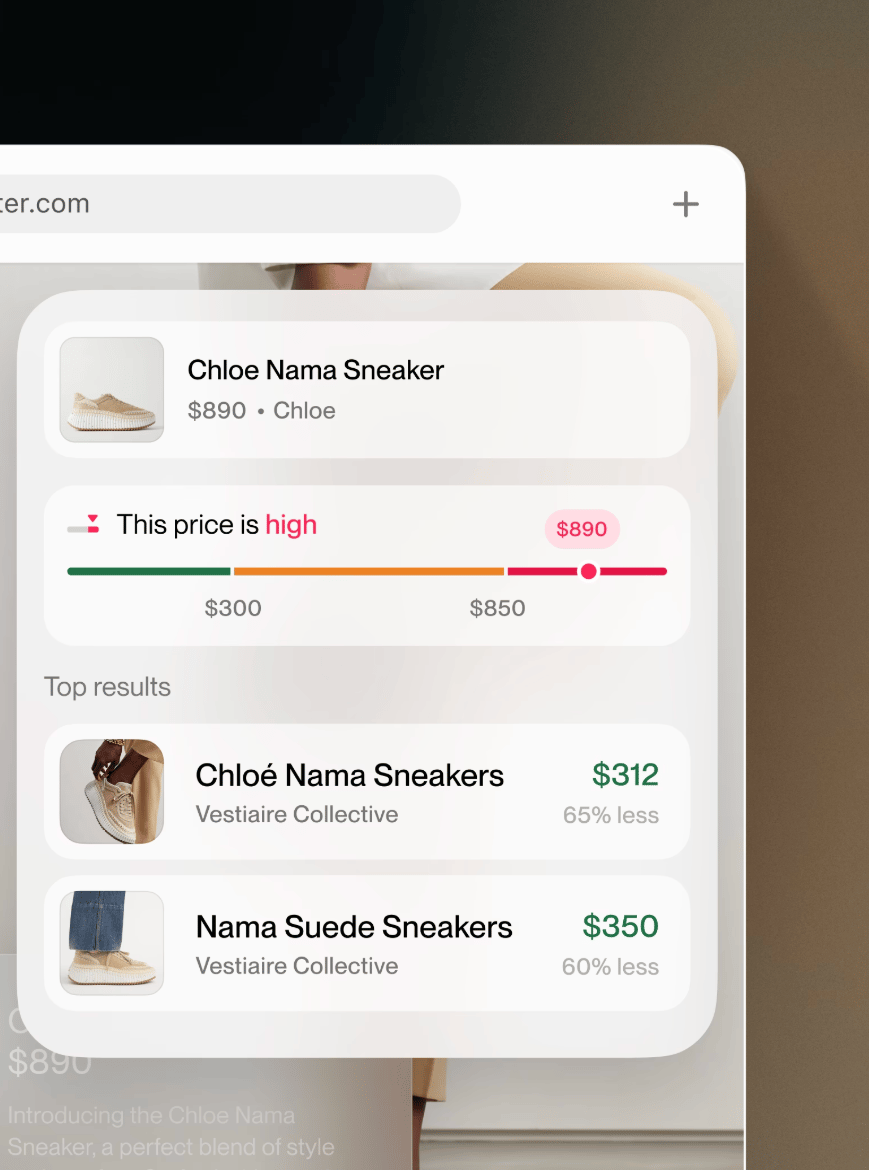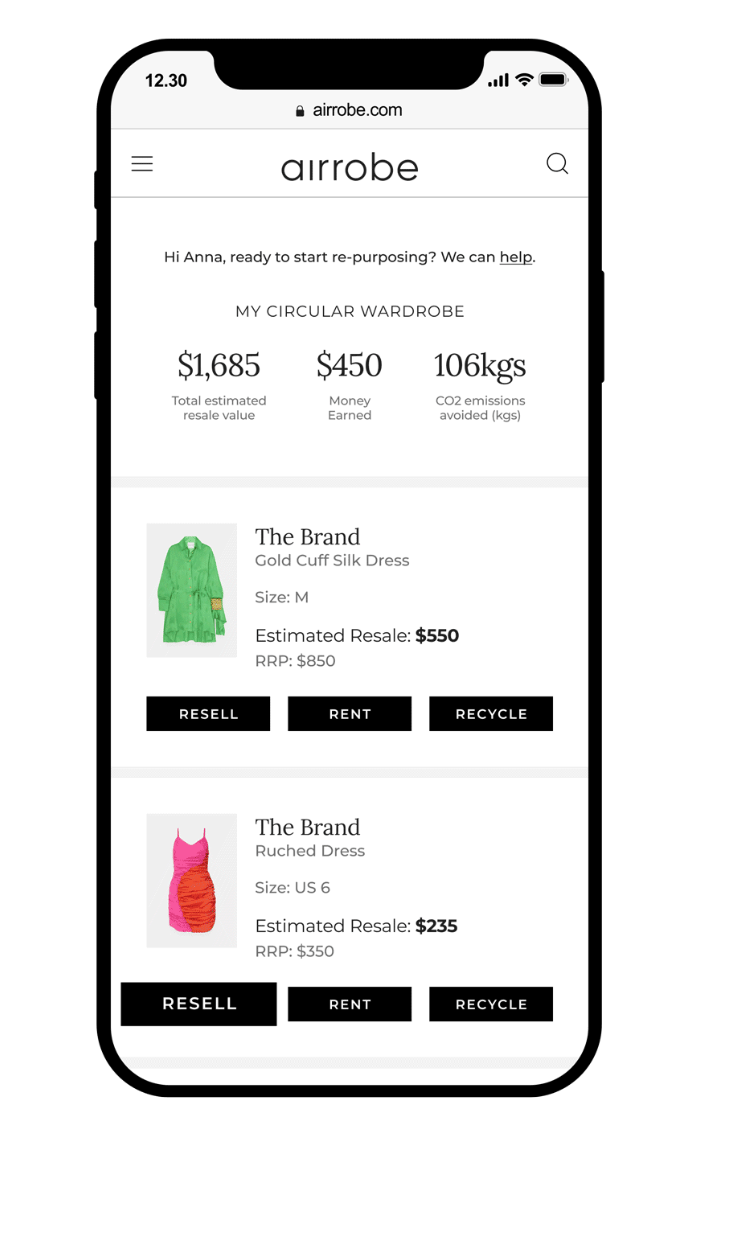- What the F*** is Fashion-Tech
- Posts
- Vintage Shopping Might Be More Than Just a Trend—and Bill Gates’ Daughter is Betting on It
Vintage Shopping Might Be More Than Just a Trend—and Bill Gates’ Daughter is Betting on It
What Do You Think?
Unless you've been hiding under a rock, or somehow managed to escape TikTok and Instagram lately, you know vintage shopping is having its moment. In fact, the second-hand market is set to hit a whopping US$368 billion by 2029, growing 5x faster than traditional retail. It feels like every week there's a hot new vintage reseller or platform popping up. But is this all hype, or is vintage truly here to stay?
First, let's unpack the psyche behind the surge. On the surface, young shoppers are simply saying: "I like nice things, but I can't afford them." Dig deeper, though, and it's clear this trend taps into something more profound—a desire for individuality as a counter to the recent, basic and monotone, "old money aesthetic". Gen Z are looking to be UNIQUE again. And we’re seeing a re-surge of PERSONAL STYLE, with “#uniquefashion” views up 160 % YoY. Thank god.

But what happens when the tides of fashion inevitably change again? Could vintage withstand shifting consumer preferences, or be replaced by another trend?
Let's dig deeper…
The hidden value of vintage's staying power lies in quality. Ask anyone that owns vintage—they’ll tell you these pieces last forever. I have a pair of straight-leg Nike’s that my mum wore for exercise in the 80s, and best believe they have outlasted any of my pants from the last decade — no loose strings, no discolouration, just great fabric quality and a good fit. So, what happened to quality?
In short: offshore production, relentless cost-cutting, and rampant consumerism. Brands reduced costs to hit lower price points, while fabric mills and manufacturers reduced quality to meet volume demands. This resulted in a sea of cheap, synthetic garments, that now makes up 69% of global clothing, up from 15% in 1980. Additionally, garments are worn 36% fewer times before disposal compared to 2000. This trap was so compelling, and profitable, that even luxury brands gave in. And when top tier brands started mass producing polyester, consumer perception of value crumbled.
Vintage has opened the portal for young people to experience the difference of high quality fashion for the first time in their lifetime. So there it is, the true value of Vintage— unique pieces, incredible quality, unmatched value for money. And this, from a human-nature stand point, can transcend an aesthetic trend.
Now, what the f*** does this have to do with Fashion-Tech?
Just as vintage resellers are multiplying, so are tech platforms racing to dominate resale. You already know Depop, Rent the Runway, The RealReal, Vinted, Poshmark, Vestiaire Collective, and ThredUP—the giants enabling global resale. But here's where it gets juicy: meet the new kids on the block—the Resell-Tech disruptors enabling easier resell and consumer market intelligence.
Two major bottlenecks are reshaping vintage/ re-sell:
1. Find me the best price: Platforms like Phia (founded by Bill Gates’ daughter), Cherry Pick, Second Sense, and Beni are battling it out. They scour the internet, including all major resale platforms, and instantly pop up with the cheapest available option of the vintage piece you're eyeing.

2. Seamless resale at checkout: Innovators like AirRobe (AU), Reflaunt, and Trove offer plug-ins that automatically save product metadata at the original purchase. Later, shoppers can effortlessly resell, rent, or donate, keeping resale value within brand ecosystems.
Vintage, thanks to these tech advancements, seems poised to transcend being a fleeting trend. It provides unparalleled uniqueness, quality, and value, arguably the next best thing to fully custom clothing.
What’s your best thrifting story? Do you think vintage shopping is another passing trend or is personalised shopping finally here to stay?

Pop-Feature
AirRobe

What They Do
AirRobe's "Circular Wardrobe™" plug-in lets shoppers seamlessly add purchased items to a digital wardrobe right at checkout. When ready, items can be instantly resold, rented, or recycled with product data pre-loaded (ie. no taking photos, no getting out of bed)—brands can even incentivise resale through store credit. They are already partnered with over 180 global and local labels like Aje and The Iconic.
Why It Matters
AirRobe perfectly encapsulates how vintage and resale trends are maturing, bridging the gap between new purchases and second hand markets, all proudly home grown in Australia!! More than that, it brings brands a step closer to circular design. Yes, it doesn't handle recycle, although it tackles re-use and reduce from the circularity equation. Not bad.
Impact scorecard
We rate AirRobe an 8/10. They’re beginning to close the loop between fresh purchases and second-hand markets, making resale a more frequent option for consumers and brands. They’ve already brought impressive partners in on this mission and shown brands the value of a more circular ethos. They are also well-positioned to scale their impact—and we'd love to see them tackle recycling next for full-circle sustainability.
That wraps up the first edition of What the F*** is Fashion Tech. If you have any thoughts or rebuttals, please respond to this email. We love to chat.
We’ll see you in two-weeks time. Take care of yourself and don’t forget to subscribe & tell your friends about us.
Grace & Rak